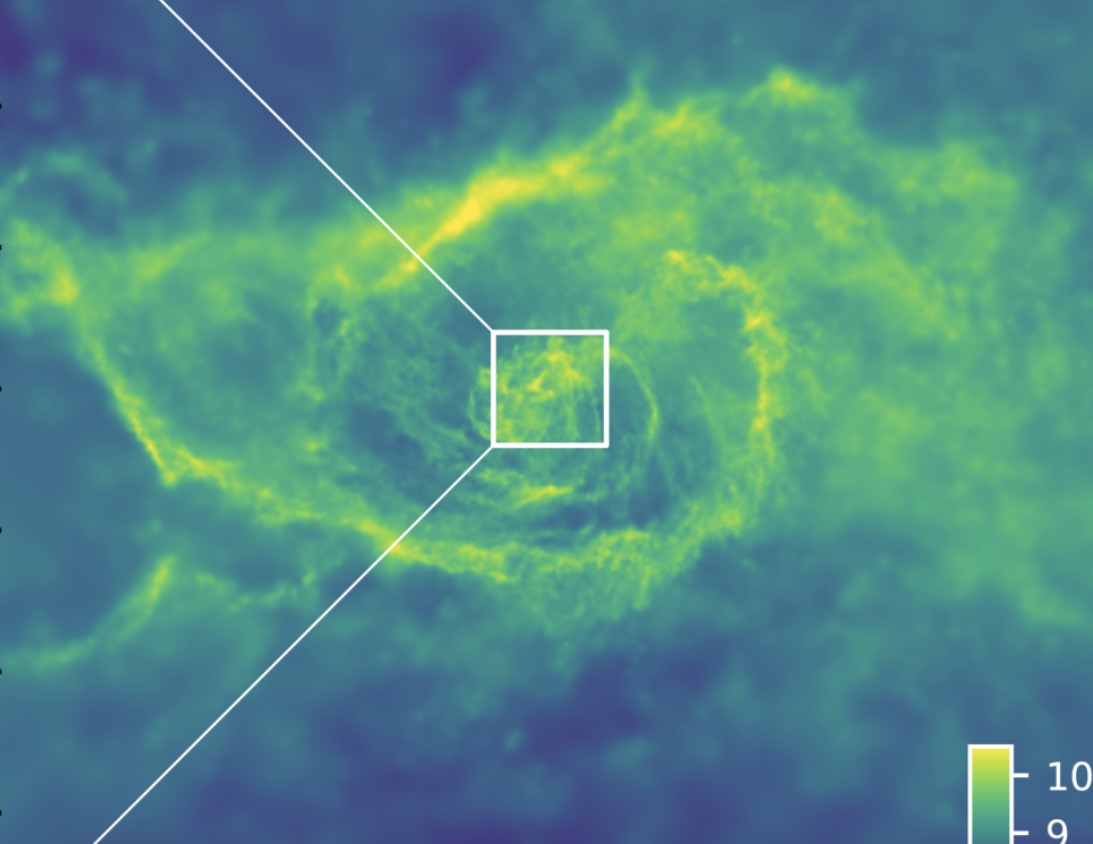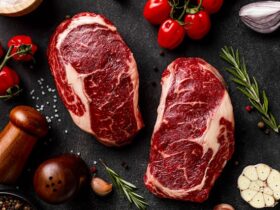Ever wondered how a black hole turns into a supermassive black hole? Well, it eats. A lot!
A new study aims to show how those supermassive ‘mouths’ feed with some gaseous meals. And as strange as that could be, it is, in fact, quite the deal.
We still don’t know how supermassive black holes form. However, an intriguing new simulation shows us a glimpse of that process.
Here is what you need to know.
Quite the Fest Even For a Supermassive Black Hole
Scientists always want to find more details about the origins of supermassive black holes. And what better way to do that than coming up with some new simulations!
New study insights
To understand how supermassive black holes grow, scientists first needed to find the way gas flows throughout the Universe to feed them.
The gargantuan cosmic features always rely on a steady flow of gas to stay alive. So, what scientists did, was to model that process.
The novel simulation unveils vital physical processes that influence the gas flow. Other cosmic features included in the new work were:
- the stellar wind from massive stars;
- the expansion of the Universe;
- large-scale galactic environments;
- supernova explosions.
Those were needed to develop an accurate picture, as you can see below:

The picture reveals the core of a massive galaxy, where a supermassive black hole resides. How great is that?
“Our simulations show that galaxy structures, such as spiral arms, use gravitational forces to ‘put the brakes on’ gas that would otherwise orbit galaxy centers forever,” explained Claude-Andre Faucher-Giguere, the lead author of the study.
As previously found, the supermassive black holes can be millions or even billions of times more massive than the Sun!
The new data offer us a great sneak peek of what could really happen up there when supermassive black holes fest.























Leave a Reply